Disney’s animated masterpieces transport us to magical kingdoms, enchanted forests, and far-off lands that feel almost too beautiful to be real. But here’s the thing—many of these breathtaking locations exist in our world. From towering fairy-tale castles perched on mountainsides to pristine tropical islands dotting the Pacific, Disney’s creative teams have drawn inspiration from some of Earth’s most stunning destinations.
Walt Disney himself was known for his meticulous research, often traveling thousands of miles with his animators to study architecture, landscapes, and cultures firsthand. This dedication to authenticity has given us animated worlds that feel genuine and lived-in, even when populated by talking animals or magical creatures. Here is a list of 19 real-life places that served as the creative foundation for Disney’s most beloved animated films.
Neuschwanstein Castle, Germany

This 19th-century Bavarian masterpiece served as the direct inspiration for both Sleeping Beauty Castle at Disneyland and Cinderella Castle at Walt Disney World. Built by the eccentric King Ludwig II, the castle’s romantic towers and alpine setting caught Walt Disney’s eye during a 1950s European tour.
The castle’s dainty turrets and romantic views, along with its cylindrical towers and Romanesque style, made it the perfect architectural model for Disney’s fairy-tale vision.
Mont Saint-Michel, France
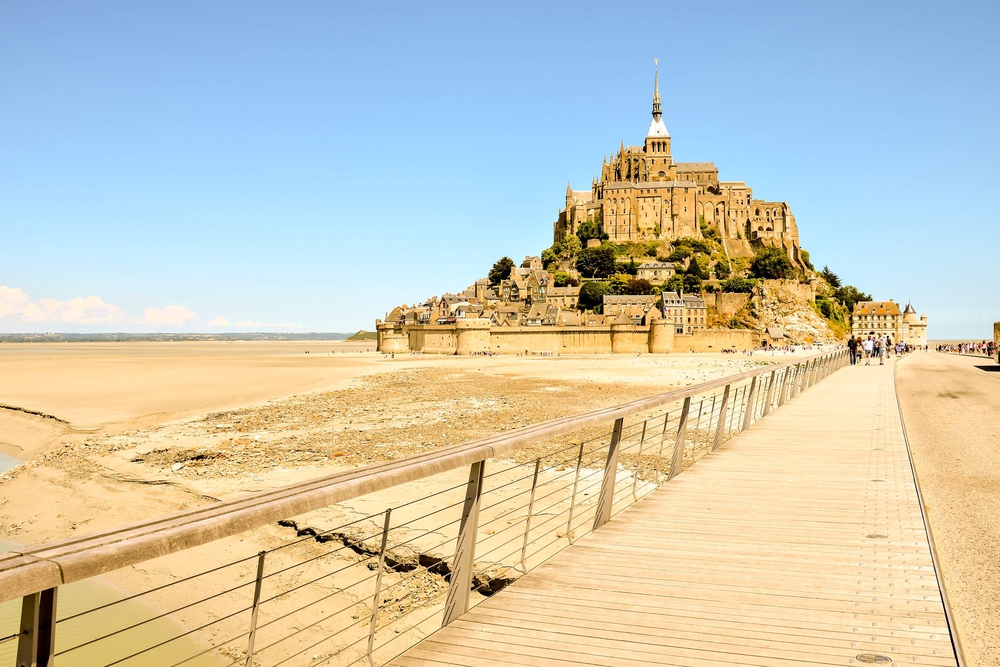
This medieval abbey, perched on a tidal island in Normandy, served as the primary inspiration for the Kingdom of Corona in Tangled. The picturesque commune matches almost exactly Rapunzel’s royal home, with its towering spires rising dramatically from the surrounding waters.
During high tide, the monastery becomes surrounded by water, creating the same island kingdom effect seen in the animated film.
Like Travel Pug’s content? Follow us on MSN.
Akershus Fortress, Oslo, Norway
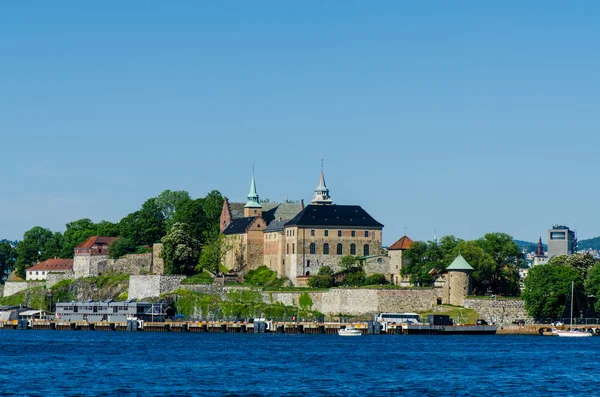
This 800-year-old fortress in Norway’s capital provided the architectural foundation for Anna and Elsa’s castle in Frozen. The animators drew from the fortress’s brick patterns and ancient stone stairways to create the royal feel of Arendelle’s snowy city.
The medieval stronghold’s commanding position overlooking Oslo’s harbor perfectly mirrors the castle’s prominent placement in the fictional kingdom.
Norwegian Fjords
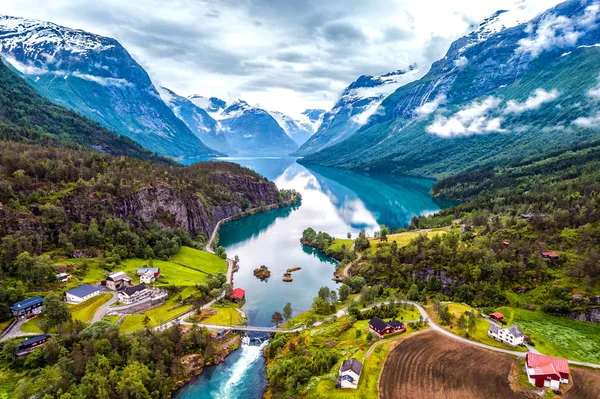
The geographically stunning western Norway, especially the Nærøyfjord, formed the beautiful vistas that stood as the kingdom of Arendelle in Frozen. Disney film directors had paid visits to these UNESCO-listed fjords during production, as these geographically dramatic waterways had been carved by ancient ice.
The narrow inlets with surrounding cliffs and cascading waterfalls induce the same feeling of isolated beauty and natural grandeur that brought forth Frozen’s setting.
Château de Chambord, France
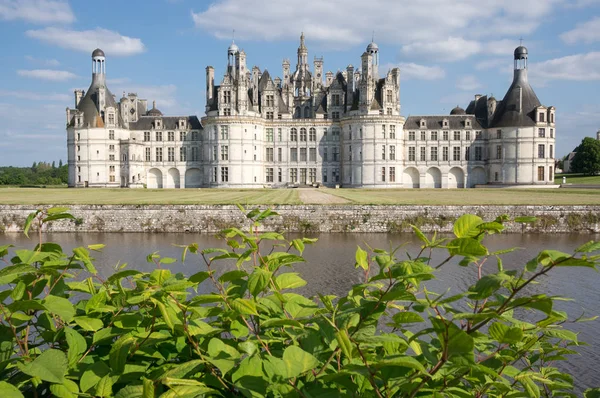
This Renaissance castle in France’s Loire Valley served as inspiration for the Beast’s mysterious home in Beauty and the Beast. Animator Glen Keane described driving up to Chambord through morning mist and fog, saying, ‘This is the Beast’s castle. This is where he lives.’
The château’s numerous spires and imposing architecture perfectly captured the ominous yet elegant atmosphere the animators sought.
Like Travel Pug’s content? Follow us on MSN.
Eilean Donan Castle, Scotland
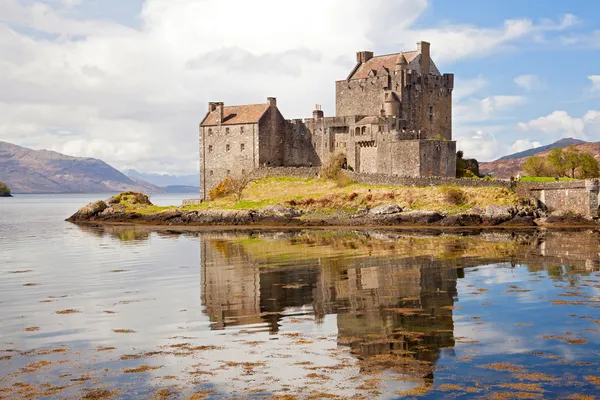
Located at the intersection of three sea lochs amid the Scottish Highlands, this 13th-century fortress served as inspiration for Castle DunBroch in Brave, alongside Dunnottar Castle. The stunning lochside castle, originally constructed to protect the lands of Kintail from Vikings, provided producers with the perfect model for Merida’s family home.
Its dramatic position between water and rolling highlands captures the wild beauty of medieval Scotland.
Tahiti, French Polynesia
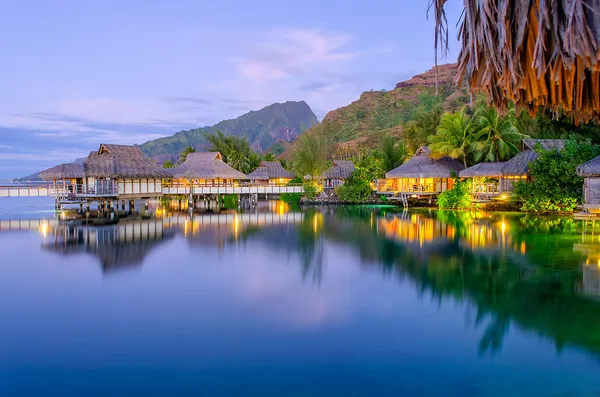
Disney’s research teams visited Samoa, Tahiti, Mo’orea, and Fiji while developing Moana, with Te Fiti’s island drawing heavily from Tahitian landscapes. Tahiti’s black-sand beaches, stunning waterfalls, and tropical lagoons were accurately depicted in the movie’s breathtaking island scenery.
The largest island in the central South Pacific provides the lush, tropical paradise that serves as the heart of Polynesian culture in the film.
Alcázar of Segovia, Spain
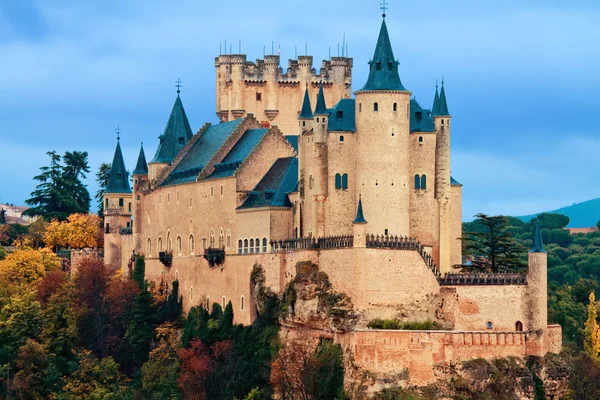
This imposing castle in central Spain provided the dark, dramatic inspiration for the Evil Queen’s castle in Snow White and the Seven Dwarfs. Disney artists needed a fortress that felt ominous and foreboding rather than romantic, and Segovia’s medieval stronghold fit perfectly.
The castle’s centuries-old walls and commanding position create the same sense of menace that surrounds the Queen’s mountain stronghold in the film.
Like Travel Pug’s content? Follow us on MSN.
New Orleans, Louisiana
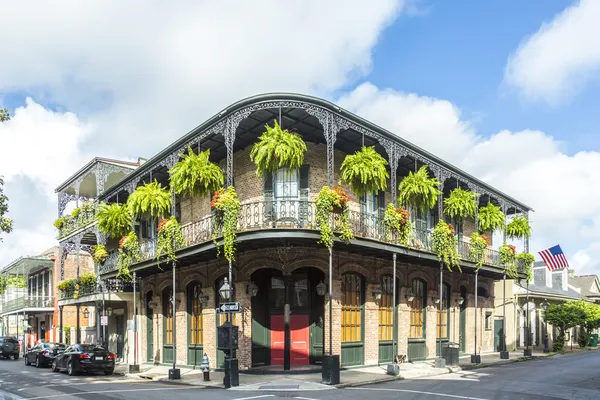
The rich culture of 1920s New Orleans permeates every frame of The Princess and the Frog, from the historic St. Charles Avenue streetcars to the jazz bands of the French Quarter. Disney’s artists captured the city’s unique blend of Creole architecture, Mississippi riverboats like the Steamboat Natchez, and the grandeur of St. Louis Cathedral.
The filmmakers conducted meticulous research in New Orleans, even consulting with chef Leah Chase, who influenced Tiana’s character development.
Forbidden City, Beijing
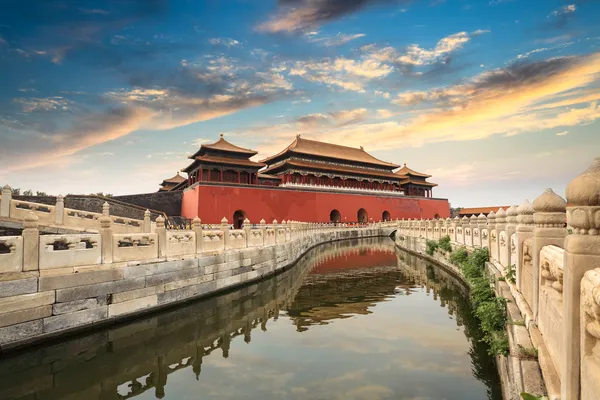
China’s imperial palace complex, home to Ming and Qing dynasty emperors, served as the inspiration for the Emperor’s residence in Mulan. The massive complex’s traditional Chinese architecture, with its distinctive red walls and golden roofs, provided the perfect setting for the story of China’s legendary female warrior.
The Forbidden City’s imposing scale and ceremonial grandeur captured the weight of imperial authority that Mulan ultimately challenges.
Notre-Dame Cathedral, Paris
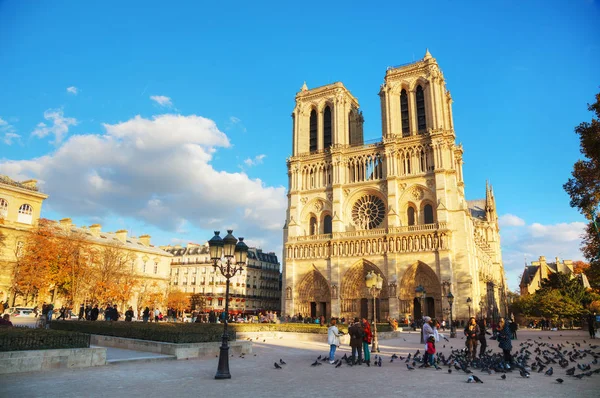
This Gothic masterpiece serves as both the setting and the heart of The Hunchback of Notre Dame, with its intricate architectural details faithfully recreated in animation. The cathedral’s soaring spires, flying buttresses, and ornate stone carvings provided the perfect sanctuary for Quasimodo’s story.
Disney’s animators captured not just the building’s physical beauty but its spiritual significance as a place where the outcast finds refuge and redemption.
Like Travel Pug’s content? Follow us on MSN.
Château de Chillon, Switzerland
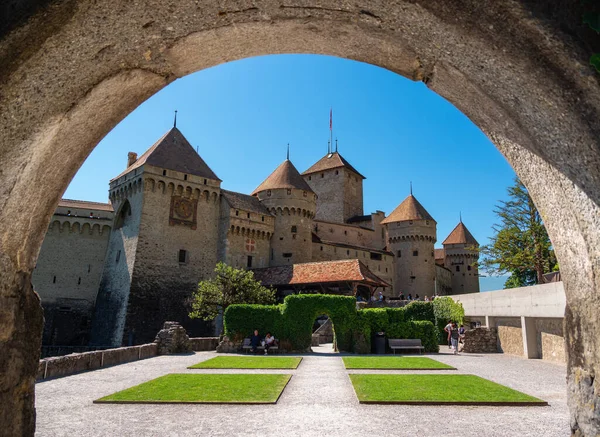
This 12th-century castle perched on Lake Geneva’s shores inspired Prince Eric’s seaside castle in The Little Mermaid. Dating back to the days of the Roman Empire, the fortress’s beauty and dramatic lakeside location made it perfect for creating Eric’s romantic royal residence.
The castle’s position between water and mountains mirrors the setting where Ariel first glimpses the human world above the waves.
Sydney Harbour, Australia
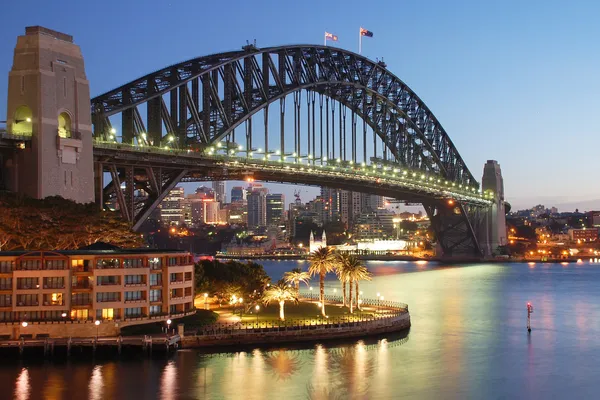
The iconic harbor with its instantly recognizable Opera House and Harbour Bridge appears in Finding Nemo, where Marlin and Dory encounter the bustling human world. The animators also incorporated the real-world phenomenon of the East Australian Current, which speeds up water flow along the Great Barrier Reef each year.
These authentic oceanographic details help ground the fantastical story of Nemo and friends in real marine science.
Angkor Wat, Cambodia
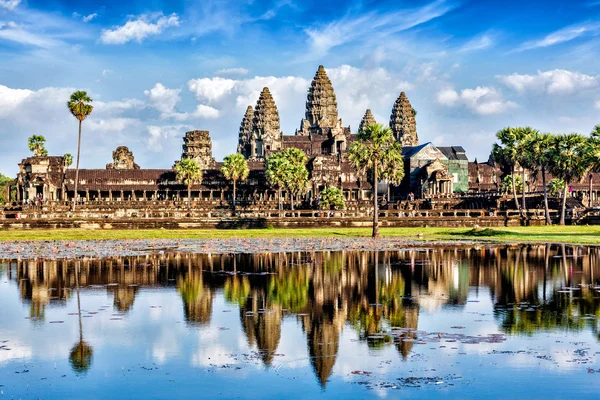
This massive temple complex, the largest religious monument in the world, inspired the lost city of Atlantis in Atlantis: The Lost Empire. Originally constructed as a Hindu temple for the Khmer Empire before gradually transforming into a Buddhist temple, Angkor Wat’s ancient grandeur provided the perfect model for an advanced lost civilization.
The temple’s intricate stone carvings and mysterious jungle setting perfectly captured the sense of a once-great empire reclaimed by nature.
Like Travel Pug’s content? Follow us on MSN.
Rothenburg ob der Tauber, Germany
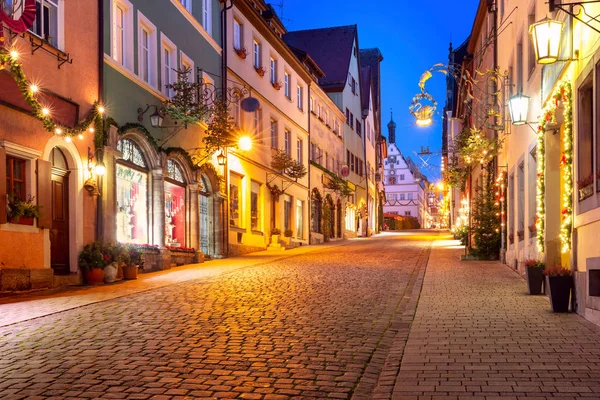
This medieval Bavarian town, with its well-preserved architecture and cobblestone streets, served as inspiration for the village in Pinocchio. The town’s half-timbered houses, fortified walls, and fairy-tale ambiance make it the perfect Old World European setting.
Rothenburg’s timeless charm and storybook appearance made it an ideal reference for Geppetto’s quaint workshop neighborhood.
Angel Falls, Venezuela
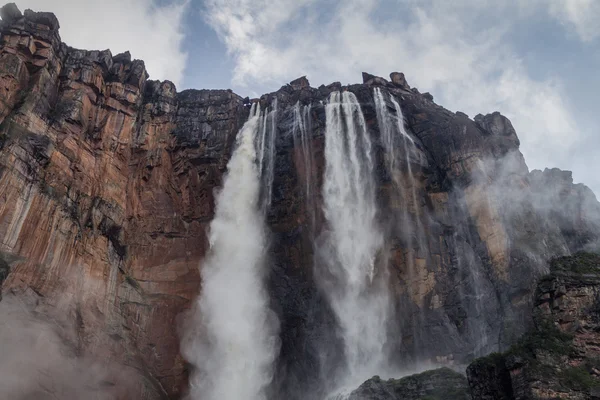
The world’s highest waterfall, plunging 3,212 feet from a tabletop mountain, served as the inspiration for Paradise Falls in Up. Located in Venezuela’s remote Canaima National Park, Angel Falls’ dramatic cascade from an isolated tepui mountain perfectly captures the sense of an unreachable destination.
The waterfall’s mythical quality and remote location made it the perfect symbol for Carl and Ellie’s lifelong dream.
Cinque Terre, Italy
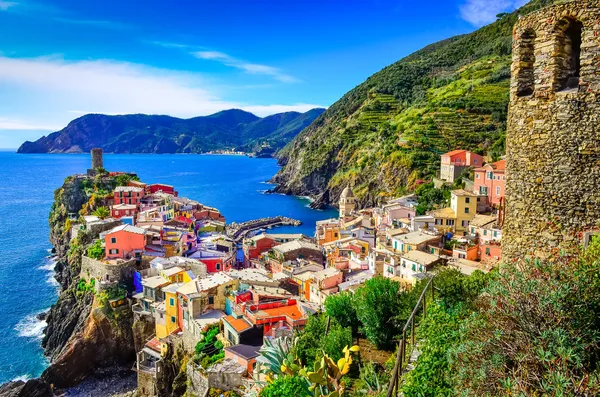
The five colorful coastal villages of Italy’s Cinque Terre inspired the seaside town of Luca. These UNESCO World Heritage villages, with their pastel-colored houses clinging to dramatic cliffs above the Mediterranean Sea, perfectly captured the Italian Riviera setting.
The terraced vineyards, narrow streets, and spectacular coastal views create the same sense of seaside magic that defines Luca’s transformation story.
Like Travel Pug’s content? Follow us on MSN.
Hallstatt, Austria
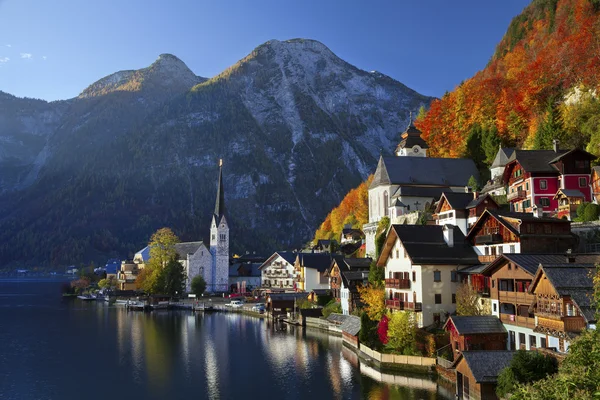
This picturesque lakeside village in Austria’s Salzkammergut region provided additional inspiration for the town of Arendelle in Frozen. Hallstatt’s charming Alpine architecture, reflected in the pristine lake waters, creates the same fairy-tale atmosphere found in Anna and Elsa’s kingdom.
The village’s 16th-century buildings and dramatic mountain backdrop perfectly complement the Norwegian influences seen throughout the film.
Palace of Versailles, France
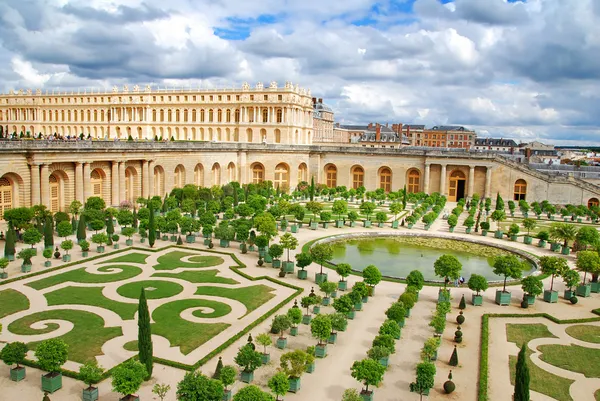
The opulent palace outside Paris provided additional architectural inspiration for the Beast’s castle in Beauty and the Beast, particularly inspiring the design of the grand ballroom scenes. Versailles’ Hall of Mirrors, ornate decorations, and sprawling gardens influenced the castle’s most magnificent spaces.
The palace’s blend of luxury and grandeur helped create the sense of faded nobility that defines the Beast’s cursed home.
Where Dreams Take Flight

These real-world locations remind us that Disney’s magic isn’t conjured from thin air—it’s carefully crafted from the most beautiful places our planet has to offer. From medieval European castles to tropical Pacific islands, each destination brought something unique to the animated worlds we love.
Today, these places continue welcoming visitors who want to step into their favorite Disney stories, proving that sometimes the most enchanting fairy tales are rooted in our remarkable world.
Like Travel Pug’s content? Follow us on MSN.
More from Travel Pug

- 20 Best Beach Towns in the Carolinas
- 13 Destinations Where Tourists Regularly Regret Their Trip
- 20 Things You Actually Get in First Class
- 20 Small Airports With Aviation Museums
- 20 Places in the U.S. That Are Perfect for a Reset Trip
Like Travel Pug’s content? Follow us on MSN.
